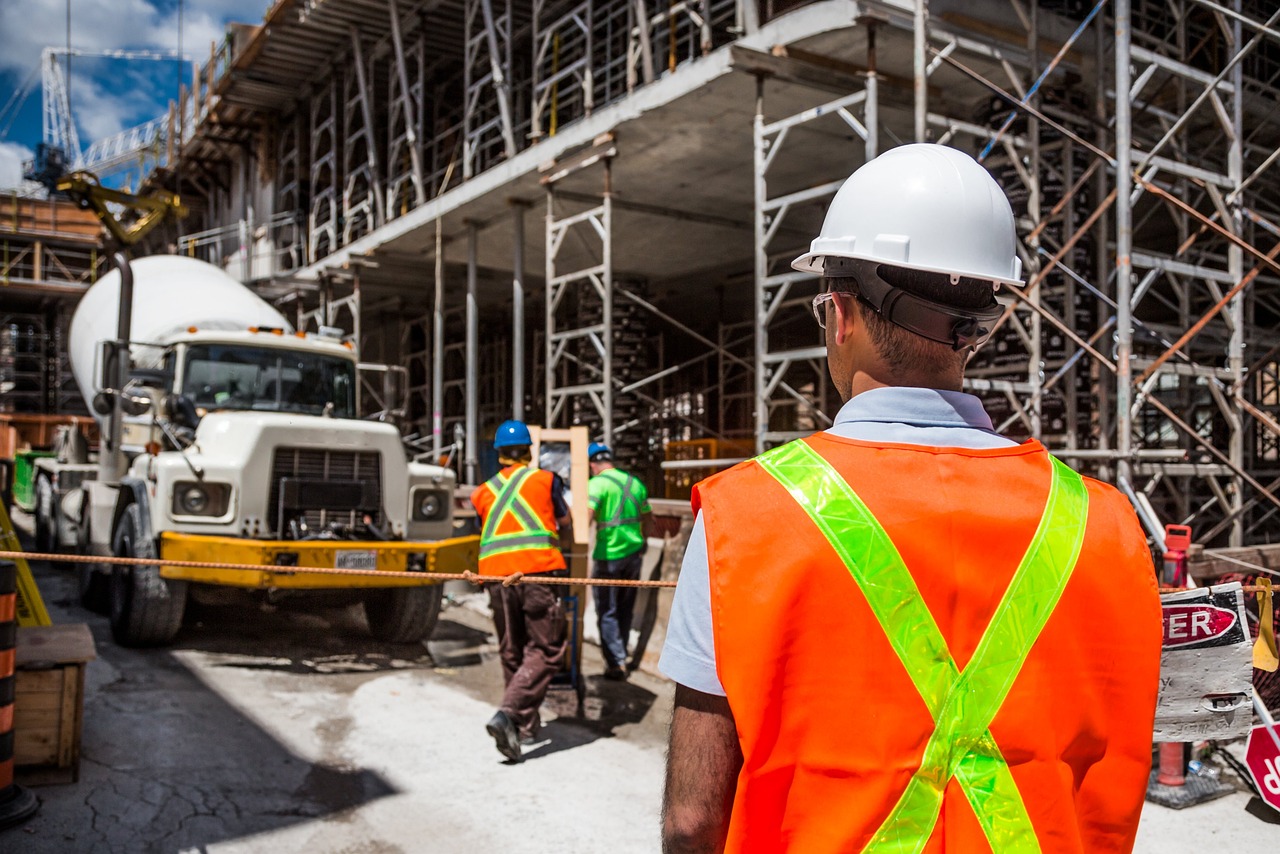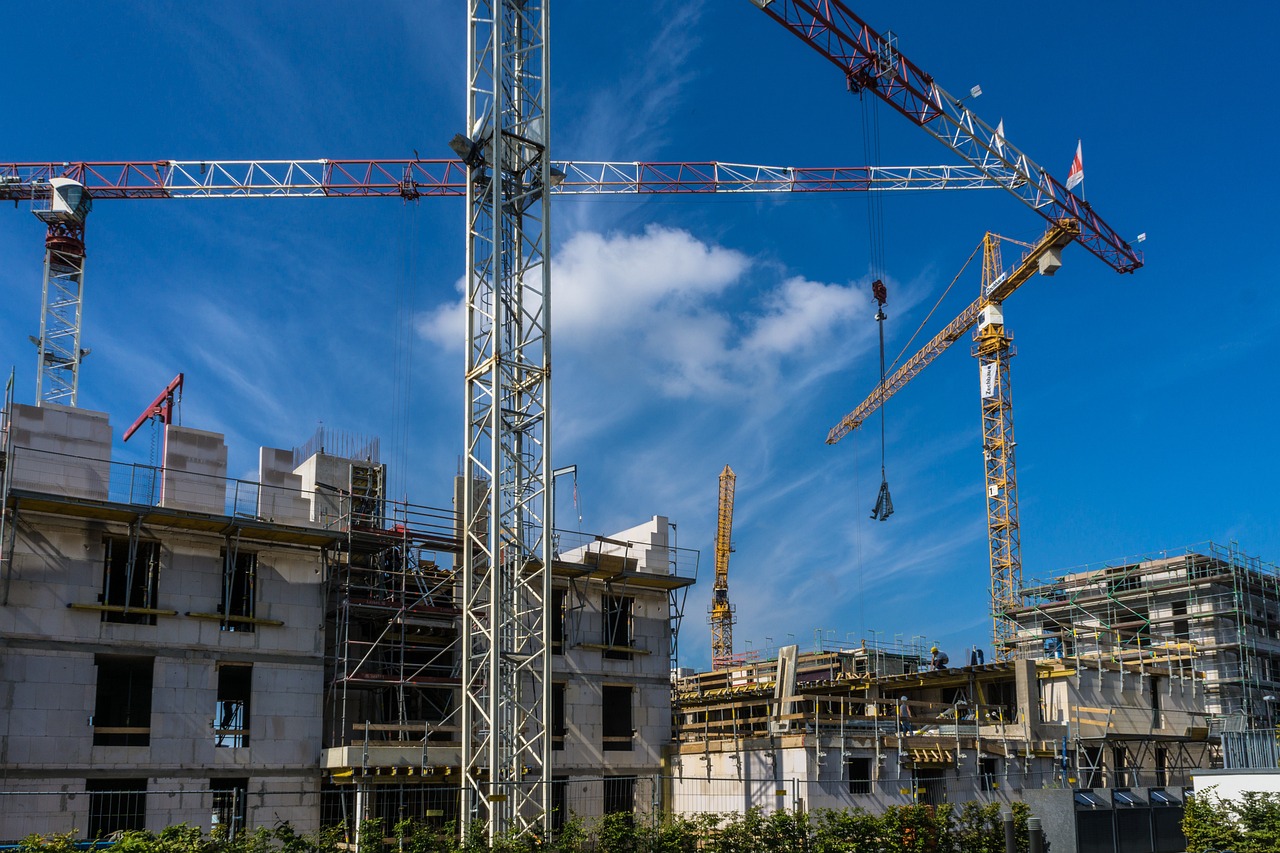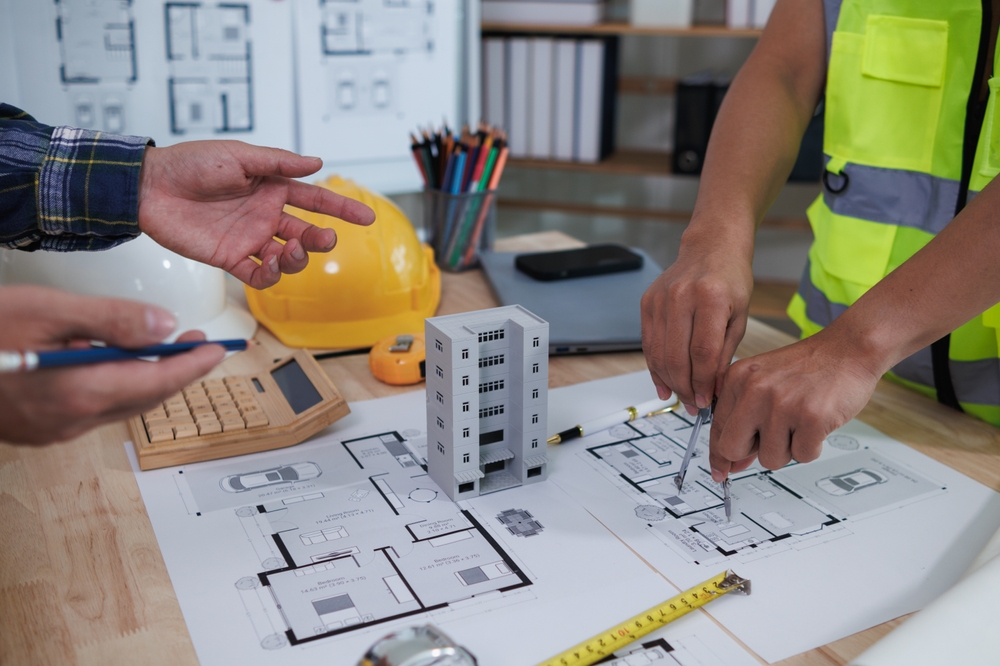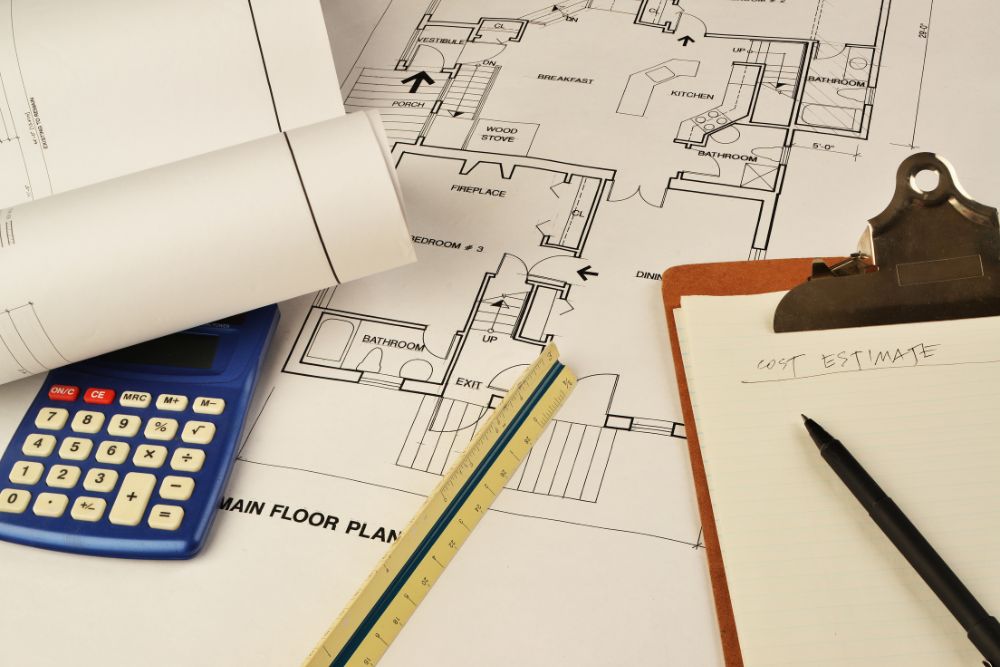When starting any building project, one of the most important steps is getting the right materials, workers, and services. That’s why understanding “What is Procurement in Construction?” is so important. It helps determine how smoothly and efficiently a project will progress.
A well-structured procurement process facilitates effective collaboration among builders, suppliers, and clients. It ensures that everything is available on time, keeps costs under control, and maintains good quality from beginning to end.
In this blog, we’ll clearly explain what is procurement in construction, how it works, and why it plays such an important role in making every construction project successful.
What Is Procurement in Construction?
Procurement in construction means getting everything needed to complete a building project. This includes materials, labor, and services. It also involves choosing suppliers, setting contracts, and managing costs.
In addition, procurement helps projects stay on schedule and within budget. It ensures that the right materials arrive at the right time. Moreover, it improves teamwork between contractors, suppliers, and clients. Overall, it keeps the project organized, efficient, and successful from start to finish.
Benefits of Procurement in Construction
Procurement offers many advantages that help construction projects run smoothly, save money, and stay on track. Here are some key benefits explained simply:
- Timeliness: Helps complete projects on schedule by ensuring materials and services arrive when needed.
- Planning: Keeps the project well-organized with proper scheduling and coordination at every stage.
- Safety: Reduces risks by preventing delays, poor-quality materials, and unexpected problems.
- Communication: Improves teamwork through regular updates and clear coordination between teams and suppliers.
- Budget: Controls costs by finding the best prices and avoiding unnecessary spending.
- Quality: Maintains high standards by choosing reliable suppliers and checking material quality.
- Transparency: Keeps everything fair and clear with proper records and accountability.
- Relationships: Builds long-term partnerships with trusted suppliers for smoother future projects.
- Savings: Helps save money through smart purchasing and efficient cost management.
- Efficiency: Speeds up work, reduces waste, and keeps the entire project running smoothly from start to finish.
Types of Construction Procurement
In construction, companies use different types of procurement methods to plan and complete projects. When choosing a method, it’s essential to consider factors such as cost, time, risk, budget, quality, and any special project requirements. Here are the most common types of construction procurement:
1. Traditional Contract (Design-Bid-Build)
In this method, the project is first designed, then contractors bid for the job. The chosen contractor works for a fixed price (lump sum) and is responsible for completing the construction as per the design.
2. Design and Build Contract
Here, one contractor handles both the design and construction of the project. This gives the client a single point of contact for the whole process.
- In a single-stage tender, the contractor offers a fixed price for the project.
- In a two-stage tender, the contractor first provides an outline plan and cost estimate. Later, they negotiate the final fixed price with the client.
3. Management Contract
In this type, the main contractor hires different subcontractors to do various parts of the work. The main contractor is paid a fixed fee, usually a percentage of the total project cost.
4. Private Finance Initiative (PFI)
Here, the contractor designs, builds, and manages the project using their own funds. The client then leases the completed project for a set time. After the lease period ends, ownership returns to the client.
5. Construction Management
This is similar to management contracting, but the client hires a management team instead of a main contractor. The management team oversees the work and is paid a fee for supervising the process.
Construction Procurement Process
The construction procurement process is a step-by-step method of buying everything needed for a project. It ensures that materials, labor, and services are arranged properly so the project runs smoothly from start to finish. Here are the steps:
Step 1: Procurement Method
To begin with, this step focuses on planning how to buy everything the project needs.
- First, make a list of all materials, equipment, and services required.
- Next, set a clear budget, quality standards, and delivery timelines.
- Then, create a procurement strategy to save money and reduce risks.
- Also, follow a procurement policy to ensure compliance with safety and legal rules.
- Finally, study the market and get management approval before moving forward.
This careful planning builds the foundation for a smooth procurement process.
Step 2: Market Research
After planning, the next step is to find the best and most affordable suppliers. During this stage, the team checks:
- Are the suppliers reliable and experienced?
- Is the budget enough for materials and labor?
- Are there backup suppliers in case of delays?
- Can we use more affordable materials without losing quality?
As a result, this research helps the team make smart and informed decisions, avoiding issues later on.
Step 3: Request for Information (RFI)
Once potential suppliers are identified, the team sends out an RFI (Request for Information).
- This step helps gather basic details from possible suppliers.
- The team asks about materials, pricing, delivery time, and quality standards.
- After reviewing the responses, they shortlist the most suitable suppliers.
In short, this step ensures that only qualified suppliers move forward in the process.
Step 4: Request for Quotation (RFQ)
Next, the procurement team issues an RFQ (Request for Quotation) to the shortlisted suppliers.
- Suppliers send detailed quotes with prices, delivery dates, and warranties.
- The team carefully compares all offers.
- They select the one that offers the best balance of quality, cost, and timing.
This step helps ensure that every purchase supports both budget goals and project standards.
Step 5: Negotiation
After comparing quotes, the team moves on to negotiation.
- They discuss and agree on prices, payment terms, and delivery schedules.
- They also plan for potential problems like material shortages or delays.
- Through good negotiation, the team can save money and build strong partnerships.
Consequently, this step promotes fairness and trust between the project team and suppliers.
Step 6: Contracting
Once all terms are settled, it’s time to finalize the deal.
- Both parties sign a detailed contract.
- It includes prices, timelines, responsibilities, and quality standards.
- It also outlines what to do in case of disputes, delays, or design changes.
In doing so, this step keeps the project organized, transparent, and legally protected.
Step 7: Supplier Relationship Management (SRM)
Finally, the process ends with managing relationships between the project team and suppliers.
- Regular communication ensures everything stays on track.
- Performance is reviewed to prevent quality or delivery problems.
- Maintaining good relationships leads to better prices, faster service, and long-term reliability.
Ultimately, this step helps create a network of trusted suppliers for future projects.
 Who Manages Procurement in Construction?
Who Manages Procurement in Construction?
In construction, several people manage procurement. They make sure materials, equipment, and services are bought on time, within budget, and meet project needs. Each person has a specific role.
Here’s a simple breakdown:
Role | Responsibilities |
Procurement Manager | Oversees the entire buying process. Chooses suppliers, negotiates prices, and keeps costs under control. |
Project Manager | Plans what to buy and sets the budget. Also works with suppliers and contractors to keep the project on track. |
General Contractor | Purchases materials and hires labor. Make sure suppliers and subcontractors do their jobs properly. |
Subcontractors | Buy special materials and hire skilled workers for specific tasks like plumbing, electrical, or HVAC. |
Procurement Team | Helps with orders, tracks deliveries, and checks material quality. |
Construction Estimator | Calculates material and labor costs to help with smart purchasing decisions. |
Supply Chain Manager | Manages transport, deliveries, and supplier coordination to avoid delays. |
What Are Procurement Contracts in Construction?
Procurement contracts in construction explain how the project will be priced and who takes the risks, the client or the contractor. The right type of contract depends on the project’s size, budget, and complexity.
Here are the main types of procurement contracts:
- Lump Sum Contract: Both parties agree on one fixed price before starting the work. If costs rise, the contractor pays the extra. If it costs less, the contractor keeps the savings.
- Cost Reimbursable Contract (Cost Plus): The contractor is paid for actual project costs plus a profit fee. It’s used when the project scope is unclear or risky. The client carries more risk and monitors spending closely.
- Guaranteed Maximum Price (GMP) Contract: A maximum cost limit is set at the start. If costs go over, the contractor covers the difference. This protects the client but may lead to higher initial prices due to added risk.
FAQs
How Can Procurement Risks Be Managed In Construction?
Procurement risks can be managed with good planning and clear communication. First, check if suppliers are reliable before hiring them. Next, make contracts clear about costs, timelines, and duties. Also, watch progress closely to fix problems early. Having backup suppliers ready can also help avoid delays.
How Does Procurement Impact Supply Chain Management In Construction?
Procurement helps the supply chain run smoothly. It makes sure materials and equipment arrive on time and meet quality standards. Also, it improves teamwork between suppliers and contractors. This leads to fewer delays and better project performance.
What Is The Future Of Construction Procurement?
The future of construction procurement is becoming more digital and smart. Companies will use more automation, online bidding, and real-time tracking. Also, there will be a focus on eco-friendly materials and ethical buying. Overall, it will be faster, smarter, and greener.
How Can Technology Improve Procurement In Construction?
Technology makes procurement easier and more efficient. Digital tools can track orders, compare prices, and manage contracts. Cloud systems help teams share updates quickly. Also, data tools can predict problems and control costs. In short, technology saves time and reduces mistakes.
How Do You Manage Construction Projects Effectively?
Managing a construction project well starts with good planning. Clear communication helps everyone stay on the same page. Using project schedules keeps work on track. Also, checking budgets and quality regularly helps avoid issues. This keeps the project smooth and successful.
Conclusion
A successful construction project depends on good planning, teamwork, and smart resource management. That’s where understanding what is procurement in construction becomes essential. It ensures that materials, labor, and services are well-managed, delivered on time, and meet quality standards. With proper coordination and clear communication, procurement helps projects stay on budget from start to finish.
At Prime Estimation, we offer accurate cost estimating services to support better procurement and cost control. Our team helps you make smart decisions, reduce risks, and achieve great results.
Contact Prime Estimation today to make your next construction project affordable and successful!


 Who Manages Procurement in Construction?
Who Manages Procurement in Construction?









